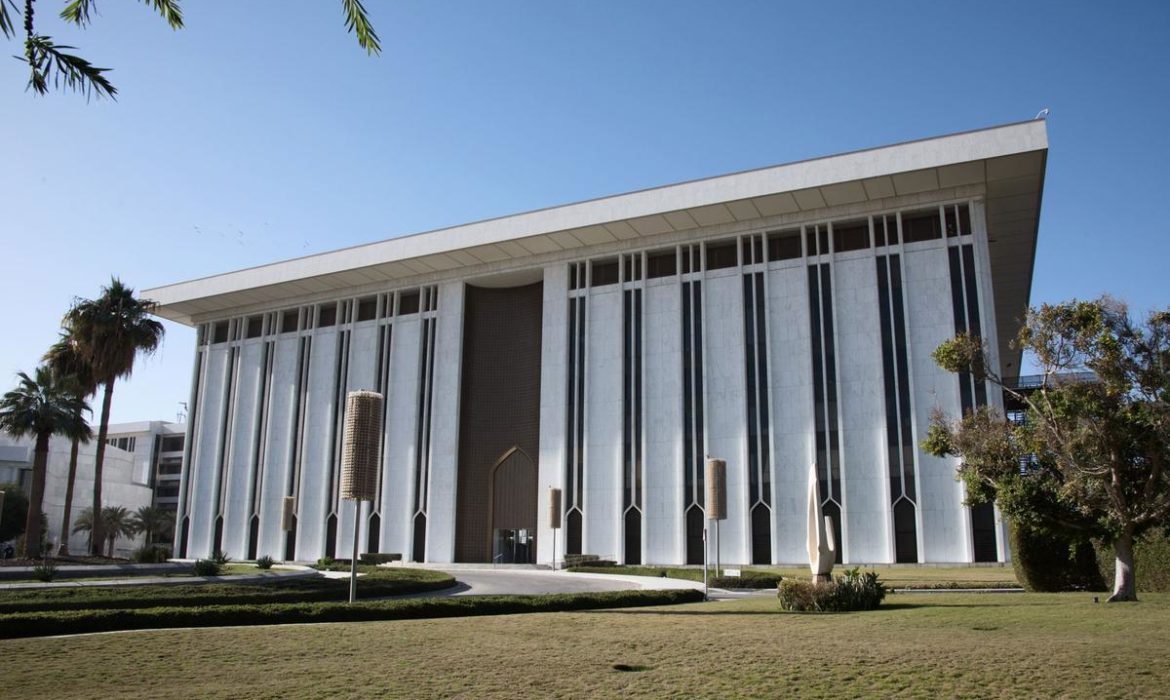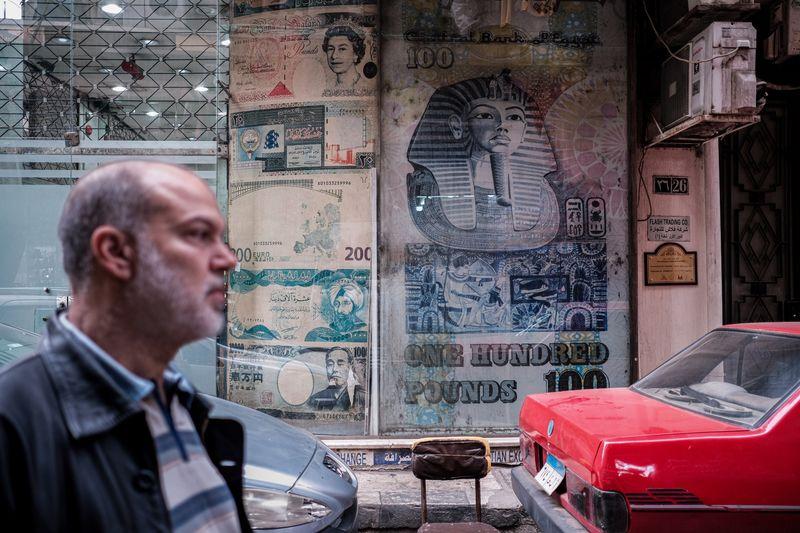As it concentrates on refinancing to reduce part of its outstanding floating-rate debt, Saudi Arabia is exploring borrowing more in currencies other than the dollar this year.
Hani AlMedaini is the country’s National Debt Management Center’s CEO. According to him, Saudi Arabia is not done with interest-rate risk. As a result of the market’s positive momentum at the start of 2023, the country could issue quickly.
SA raised $10 billion from a bond sale in early January, despite projections of another budget surplus in 2023. This was the most recent large sovereign deal from an emerging market. For the first time in over a decade, soaring crude prices helped the government enter the black last year.
The vast majority of future national debt will be fixed-rate
The kingdom had already secured about 48 billion riyals ($12.8 billion) in investments for this year’s refinancing requirements. The bond sale completed most of the borrowing it had set for 2023. Meanwhile, according to AlMedaini, the government is considering several debt sources, including European or other foreign currencies and green bonds.
Market conditions will be the main catalysts for any new coins on the way to issuance. To expedite implementing the 2030 vision goals of expanding Arabia’s economy, the Saudi Arabia government will also evaluate borrowing.
According to AlMedaini, about 90% of government debt will be fixed-rate debt by the end of the year. Hand in hand, the government tries to lock in rates in anticipation of future increases. Fixed-rate debt accounted for roughly 85% of all borrowings by the end of last year.
As US Fed tightens, Saudi sovereign wealth fund issues green bonds
While price pressures have lessened, US Federal Reserve Chairman Jerome Powell reaffirmed the central bank’s intention to proceed with further increases last week. Data showed that employment in the world’s top economies unexpectedly increased, and unemployment fell to a 53-year low in January. This contributed to tighter policy in sight.
Saudi Arabia’s Islamic bond yields have declined to 4.296% from 4.494% at the start of the year, according to Bloomberg data.
In a separate move, the Saudi Arabian Sovereign Wealth Fund began selling green bonds this week for the second time in four months. That’s an indication the investors’ focus on ethical finance. In October, the Public Investment Fund sold its first green bond offering for $3 billion. This included a part that would mature in 100 years.
















